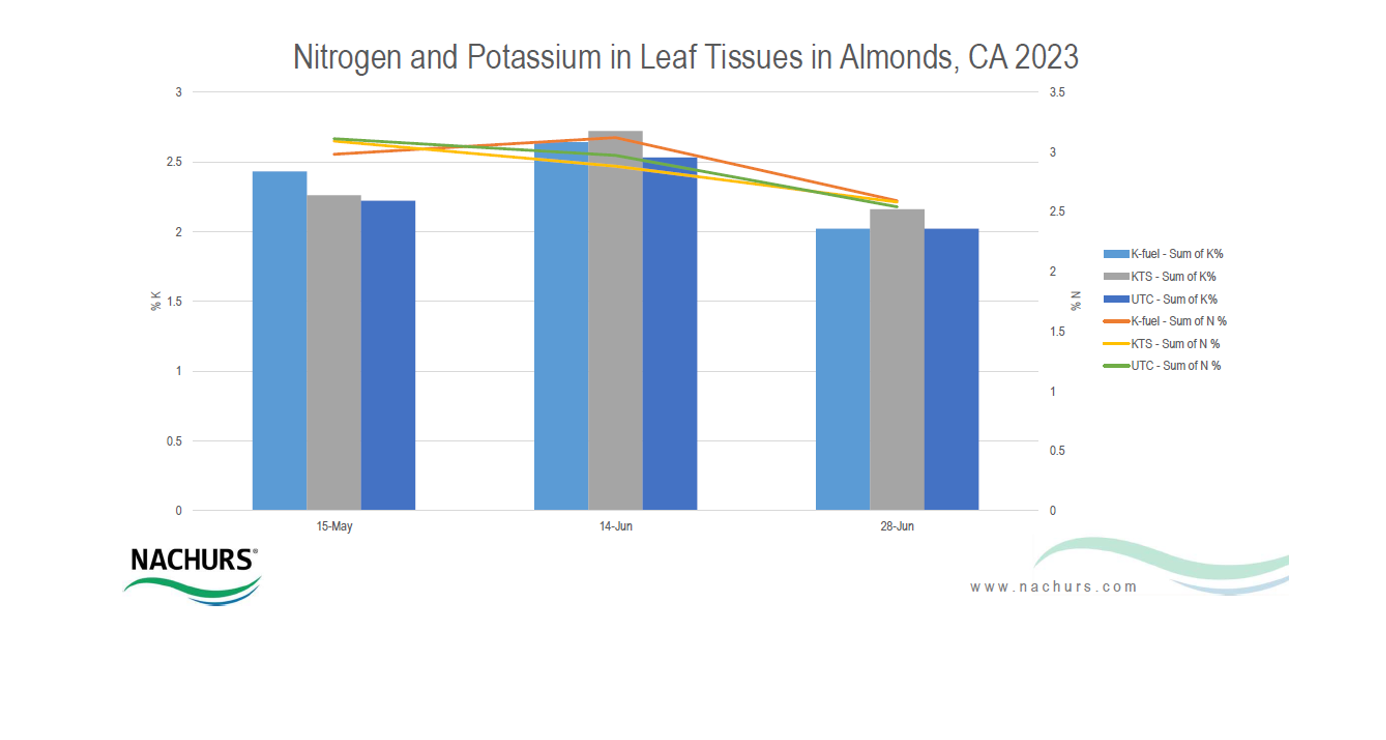AgroInsights- Regenerative Ag
The benefits of sustainable practices in almond production.
Jill Herold, Sales Agronomist US West
This past week I had the privileged opportunity to attend the Blue Diamond Almond Growers meeting, I have to say I am very impressed with this organization and these growers. I listened to a sustainability panel, talked with some of the growers and folks that work for Blue Diamond. Many of their growers see the benefits of using sustainable practices, a much higher percentage of their grower have adopted these practices when compared to other crops and grower organizations. The requests for transparency with sustainable and regenerative practices among food companies/processors, and even with consumers is on the rise.
You may think that just because they grow 80% of the world’s almonds in California, that this is a “one off” and it’s just this crop, well, it’s not. Almost all companies in all sectors of food production from the farmer to the grocery stores have sustainability and regenerative practices in mind. When we think of fertilizer inputs, we might think of some of the headlines about algal blooms or that farmers “don’t care” and just apply as much as possible. This is far from the truth and as evident this past week with the Blue Diamond Almond Growers. NACHURS is proud to be a part of sustainable and regenerative ag practices.
NACHURS has data on many crops in many areas, more recently on almonds and how our potassium acetate can impact perennial crops. We have done work with the University of Arkansas to look at our carbon footprint and concluded we have a much lower carbon footprint than other fertilizers on the market, a good fit for a crop like almonds. This past year was a difficult one for all growers across California, it is important to have good levels of nitrogen in the leaf after bloom drop to help with nut development. Here is a look at what our NACHURS Bio-K® did to help increase N levels in leaf tissue at this critical growth stage:

For some more information on Almonds check out this recent partnership with a YouTube channel and Blue Diamond Almond to create awareness, ALMOND | How Does it Grow?
Contact your local NACHURS® rep or retailer for more information.












